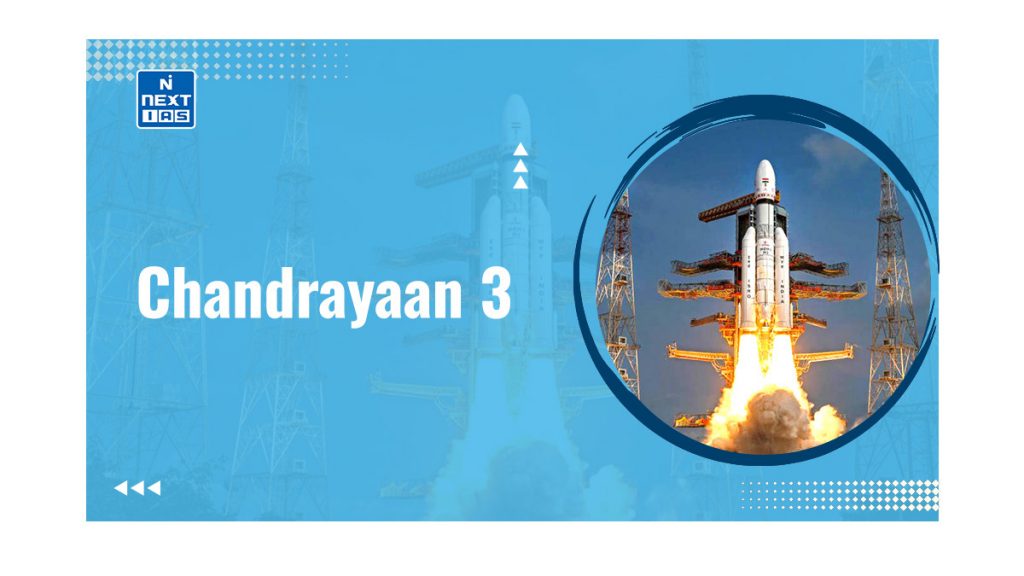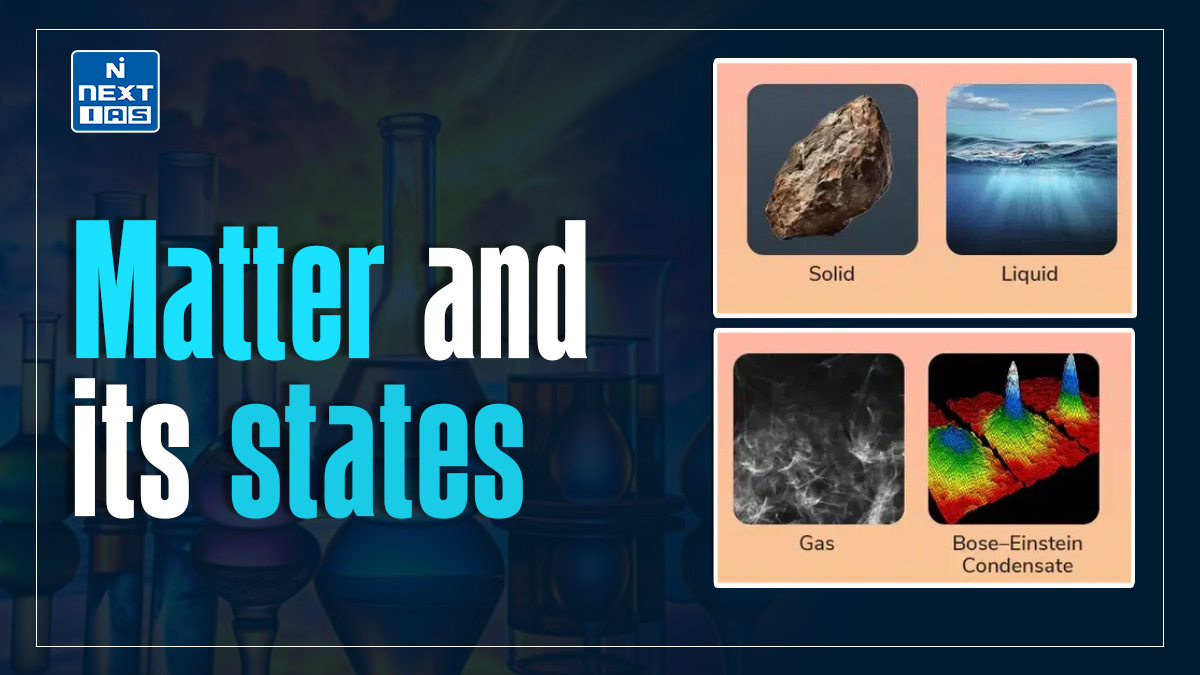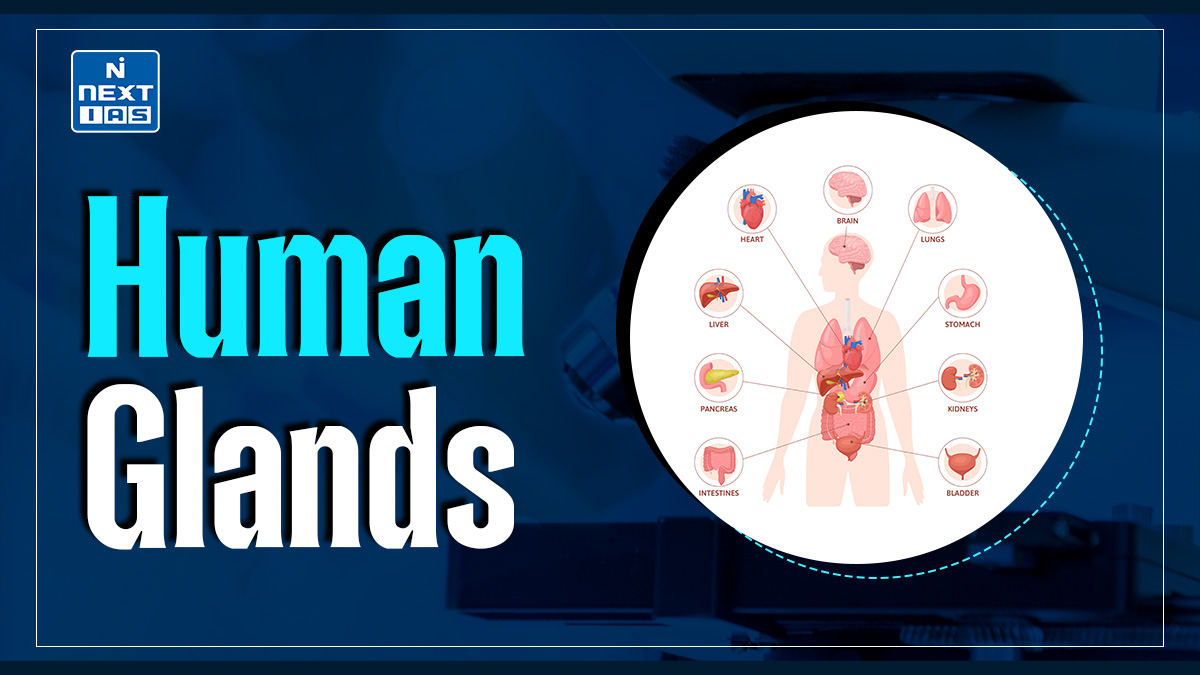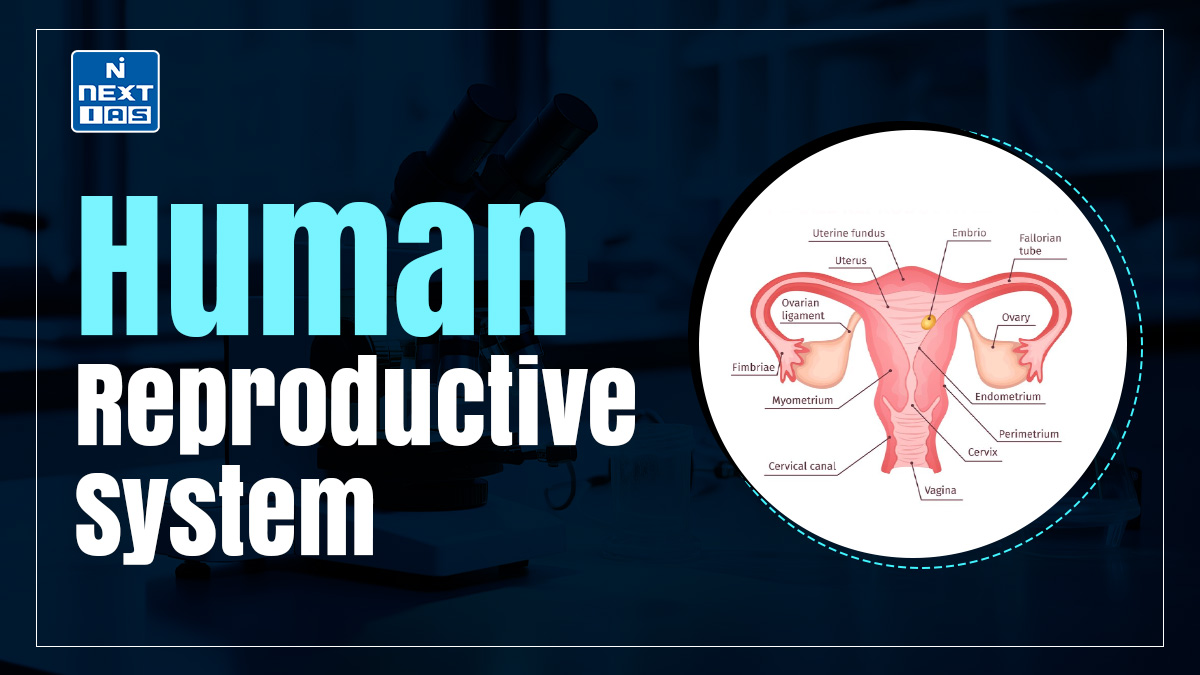
Chandrayaan 3 is a continuation of the Chandrayaan mission, aiming to demonstrate the complete capability of safe landing and exploration on the lunar surface. It comprises a Lander module, a Rover, and a Propulsion module. This article aims to provide a comprehensive overview of the Chandrayaan 3 and its mission overview, objectives, goals, lunar south pole landing and duration.
Working of Chandrayaan 3
Chandrayaan 3 consists of an indigenous Lander module (LM), a Propulsion module (PM), and a Rover, with the goal of developing and demonstrating new technologies necessary for interplanetary missions.
- The Lander is designed to softly land at a specified lunar site and deploy the Rover, which will conduct in-situ chemical analysis of the lunar surface during its mobility.
- Both the Lander and the Rover carry scientific payloads to perform experiments on the lunar surface.
- The primary function of the Propulsion module is to transport the LM from launch vehicle injection to the final lunar orbit of 100 km and then separate from the LM.
- Additionally, the Propulsion module houses a scientific payload for post-separation operation.
- The GSLV-Mk3 launcher has been selected for Chandrayaan-3, which will place the integrated module in an elliptic parking orbit of approximately 170 x 36,500 km.
The Propulsion module will transport the Lander and Rover to a lunar orbit of 100 km.
- It also carries the SHAPE payload, which will study Earth’s spectral and polarimetric measurements from the lunar orbit.
- The Lander payloads include Chaste for thermal conductivity and temperature measurements, ILSA for seismic activity, LP for plasma density estimation and a passive Laser Retroreflector Array for lunar laser ranging.
- The Rover payloads consist of APXS and LIBS for analyzing the elemental composition near the landing site.
Mission Objectives of Chandrayaan 3
The mission objectives of Chandrayaan 3 are to demonstrate a safe and soft landing on the lunar surface, showcase Rover’s mobility on the Moon, and conduct in-situ scientific experiments.
- To achieve these objectives, the Lander incorporates advanced technologies such as altimeters, velocimeters, inertial measurement systems, propulsion systems, navigation and guidance systems, hazard detection and avoidance systems, and landing leg mechanisms.
Goals of India’s Moon Mission
- The primary goal of India’s moon missions is to advance lunar exploration. ISRO aims to conduct scientific research and map its surface.
- The mission consists of three parts: the propulsion module, the lander module and the rover. Each component plays a crucial role in enabling ISRO to accomplish its objectives.
What are Chandrayaan Missions of India?
Chandrayaan missions are specifically designed for lunar exploration.
- Chandrayaan-1, launched in 2008, aimed to create a detailed three-dimensional atlas of the Moon’s near and far sides while conducting chemical and mineralogical mapping with high resolution. It made significant discoveries, such as detecting water and hydroxyl on the lunar surface and confirming the presence of ice in the North Polar region.
- Chandrayaan-2, launched in 2019, consisted of an Orbiter, Lander and Rover. Although the lander and rover experienced partial success due to the crash on the lunar surface, the Orbiter successfully collected valuable data, including the discovery of water signatures across all latitudes.
- The main objective of Chandrayaan 3 is to demonstrate India’s technical capabilities and achieve a successful soft landing on the moon. This landing requires precise control to bring the spacecraft from high speeds to a gentle touchdown without human intervention. The scientific payloads carried by the lander and rover are similar to those of the previous mission, focusing on studying lunar quakes, thermal properties, plasma changes near the surface and accurately measuring the Earth-moon distance.
Why was the Lunar South Pole Chosen as the Landing Site of Chandrayaan 3?
The chosen landing site for Chandrayaan 3 is near the lunar south pole, as this region offers unique characteristics for deep space scientific discoveries.
- It holds promise for studying lunar polar volatiles, which are chemical elements or compounds that melt or evaporate at moderately warm temperatures.
- Understanding their distribution on the moon, especially elements like Hydrogen and Oxygen, could significantly impact future deep space exploration and reduce reliance on Earth for supplies.
How much time it will take for Chandrayaan 3 to reach the Moon?
The journey of the lander to the moon is expected to take approximately 42 days.
After launching into Earth’s orbit, the spacecraft will gradually increase its orbit through a series of maneuvers to escape Earth’s gravity and slingshot toward the moon. Upon reaching close proximity to the moon, the spacecraft will undergo additional maneuvers to reduce its orbit before the lander, carrying the rover, separates from the propulsion module.
The lander and rover have a mission life of one Lunar Day, equivalent to 14 Earth days, as they cannot withstand the extreme temperatures during lunar nights.
Why is Lunar Exploration so important for India?
The Moon, being the closest cosmic body to Earth, offers an opportunity for space exploration and scientific discovery. It serves as a testbed for developing technologies essential for future deep-space missions.
ISRO recognizes the moon’s significance as a destination to advance our understanding of space and expand our capabilities in exploring the cosmos.
FAQs
Is Chandrayaan 3 launched in India?
Chandrayaan 3 is launched by India. The launch is carried out using the LVM3 vehicle from Sriharikota.
Is Chandrayaan-1 still working?
Chandrayaan-1, India’s first lunar mission, operated successfully until August 2009, after which communication was lost. It is no longer working.
Has India landed on the Moon?
India had not landed a spacecraft on the Moon as of July 2023.
Which country successfully landed on the Moon?
The countries that have successfully landed spacecraft on the Moon are the United States (through the Apollo missions), the Soviet Union (Luna program) and China (Chang’e program).





